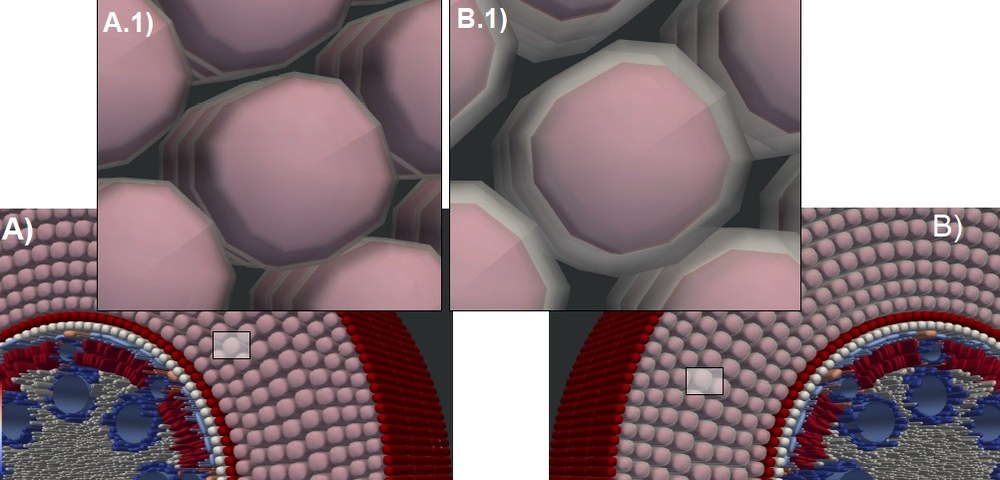
Models of root cortical parenchyma wall width
Authors
Sidhu JS, I Lopez-Valdivia, CF Strock, HM Schneider, JP Lynch
Source
BioRxiv
Download Options
BioRxiv doi: https://doi.org/10.1101/2023.09.29.560009
Abstract
We describe how increased root cortical parenchyma wall width (CPW) can improve tolerance to drought stress in maize by reducing the metabolic costs of soil exploration. Significant variation (1.0 to 5.0 microns) for CPW was observed within maize germplasm. The functional-structural model RootSlice predicts that increasing CPW from 2 to 4 microns is associated with ca. 15% reduction in root cortical cytoplasmic volume, respiration rate, and nitrogen content. Analysis of genotypes with contrasting CPW grown with and without water stress in the field confirms that increased CPW is correlated with ca. 32 to 42% decrease in root respiration. Under water stress in the field, increased CPW is correlated with 125% increased stomatal conductance, 325% increased leaf CO2 assimilation rate, 73 to 78% increased shoot biomass, and 92 to 108% increased grain yield. CPW was correlated with leaf mesophyll midrib parenchyma wall width, indicating pleiotropy. GWAS analysis identified candidate genes underlying CPW. OpenSimRoot modeling predicts that a reduction in root respiration due to increased CPW would also benefit maize growth under suboptimal nitrogen, which requires empirical testing. We propose CPW as a new phene that has utility under edaphic stress meriting further investigation.

